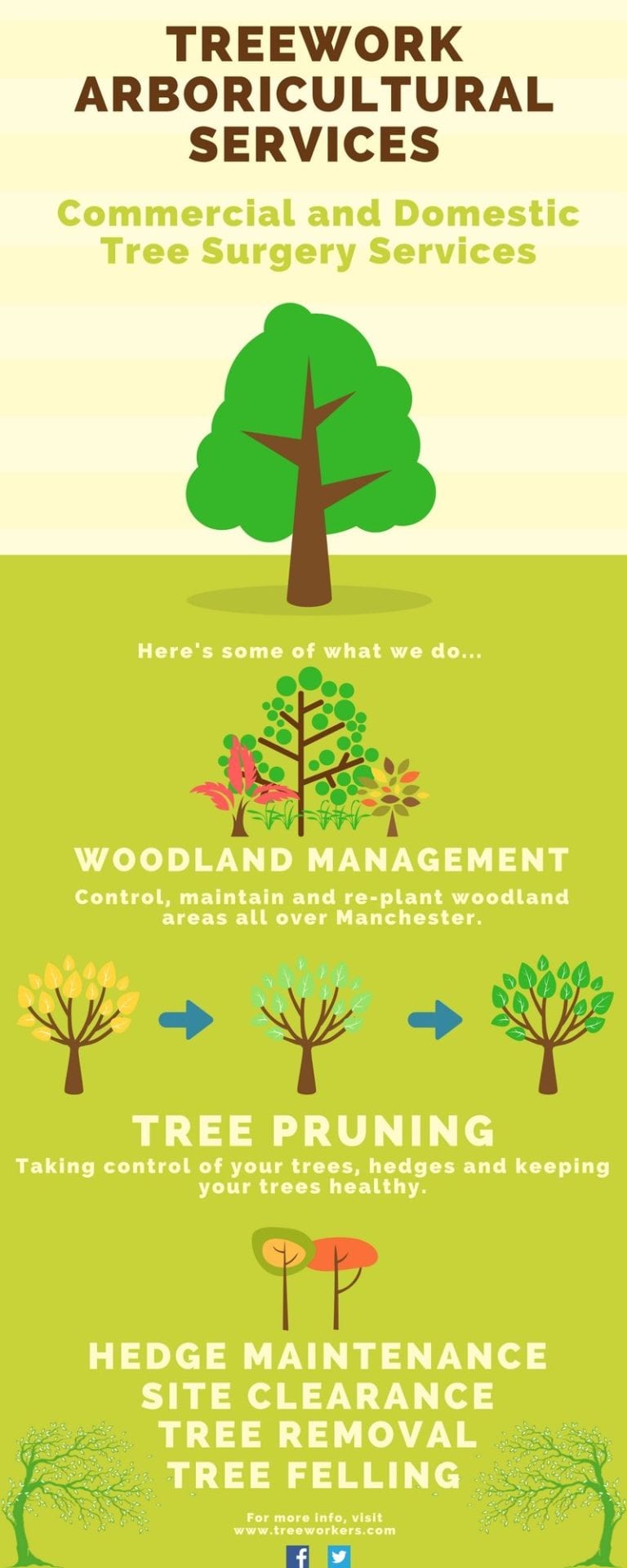Seasonal Factors To Consider For Tree Care: What Is The Very Best Time To Eliminate Trees?
Seasonal Factors To Consider For Tree Care: What Is The Very Best Time To Eliminate Trees?
Blog Article
Article By-Valentin Mathis
When pondering the best time to eliminate trees from your residential or commercial property, a crucial equilibrium needs to be struck in between tree health and wellness worries. Consider the prospective threats presented by unstable or worn out trees, and exactly how their elimination can minimize these risks. Yet when specifically is the ideal minute to undertake this task? Stay tuned to uncover the seasonal subtleties that can influence your decision and ensure the well-being of your trees and environments.
Optimal Timing for Tree Removal
When it pertains to choosing the ideal timing for tree elimination, it's critical to think about elements such as the wellness of the tree, safety and security concerns, and environmental policies. Evaluating the tree's overall wellness is important to figure out if removal is needed. Dead or diseased trees posture dangers and need to be removed without delay to avoid crashes or residential property damage.
Security concerns, such as closeness to structures, power lines, or roadways, additionally play a substantial function in determining the most effective time for elimination. Abiding by ecological policies is essential to guarantee that the elimination process is carried out sensibly and legally.
Considering these factors, the optimal timing for tree removal might differ. Typically, it's recommended to remove trees throughout the dormant season, generally in late loss or winter. During this moment, trees aren't actively growing, making elimination much less stressful for the tree. Additionally, with fewer leaves, it's easier for arborists to examine the tree's structure and securely conduct the elimination process.
Seasonal Factors to Think About
To ensure successful tree treatment methods, it's essential to take into account the seasonal variables that can affect the health and growth of your trees. Understanding these seasonal variants can help you prepare your tree treatment activities efficiently.
In springtime, trees focus on brand-new development and budding. This is an excellent time for trimming to shape the tree and eliminate dead branches.
Summer season brings heat, requiring proper watering to maintain trees moisturized.
Autumn is when trees begin planning for inactivity, making it a great time for deep root fertilizing to sustain their root systems.
Winter months, with its cold temperatures, is a period of dormancy for most trees, making it a suitable time for tree removal or significant pruning.
Impact on Tree Health and Landscape
Thinking about the seasonal variables that influence your trees is crucial for their general health and the look of your landscape. Proper tree care throughout the year can considerably influence their well-being and the aesthetic appeal of your outdoor area.
As https://www.castlerockco.com/diy-landscaping-ideas-for-spring-2020/ , trimming during the dormant winter months can promote healthy growth in the spring, while getting rid of dead or unhealthy branches in the fall can avoid prospective dangers during winter storms. Additionally, checking your trees for indications of bugs and illness throughout the ideal periods can assist keep their vigor and avoid prevalent problems.
Additionally, the condition of your trees directly impacts the total landscape style. Trees that are properly maintained and healthy can enhance the elegance and worth of your building, while neglected or harmed trees may diminish the aesthetic charm of your exterior environment.
Conclusion
Remember, the most effective time to get rid of trees is throughout the dormant season to reduce tension on the tree and guarantee its health and safety. Think about the seasonal elements and potential threats before scheduling tree elimination. By just click the following webpage and upkeep, you can keep a secure and cosmetically pleasing landscape for years to come.
